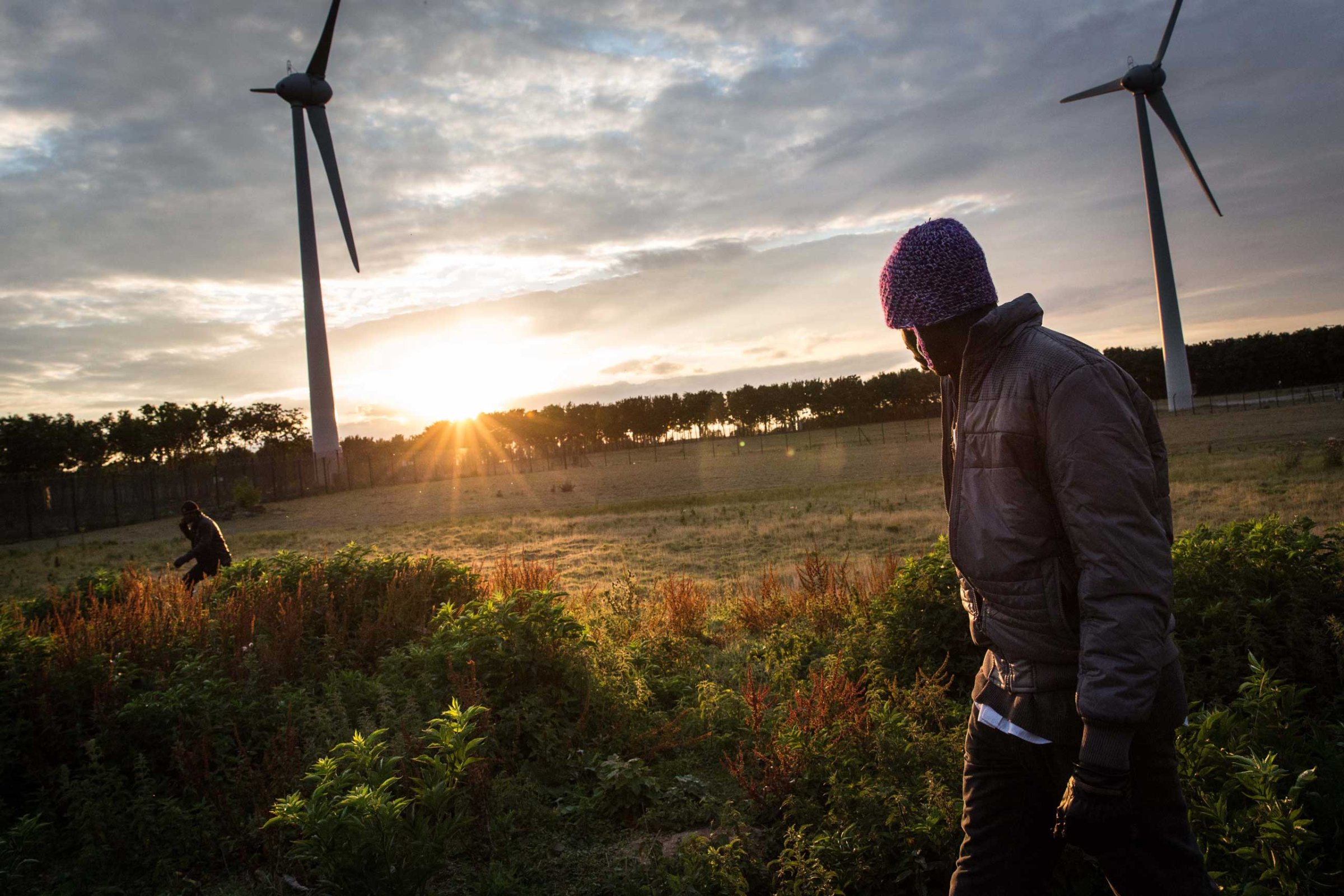
Every day, thousands of migrants, most of them Syrians, Sudanese, Eritreans and Afghans, try to board a train or ferry for the U.K. in Calais, France.
“People are just hiding in the shadows with hope for a chance to jump on a train,” says photographer Rob Stothard, a freelancer for Getty Images who went to the area on July 30. “But, if you ask me, it’s an impossible task.”
This immigration crisis, which has been active for more than 15 years, came back into the headlines last week after large groups of migrants defied police forces near the Eurotunnel entrance.
For four days, Stothard photographed these groups, getting close to people ready to risk their lives for a better one across the Channel. His photographs offer a close and intimate look into the migrants’ lives in a makeshift camp known as “the Jungle.”
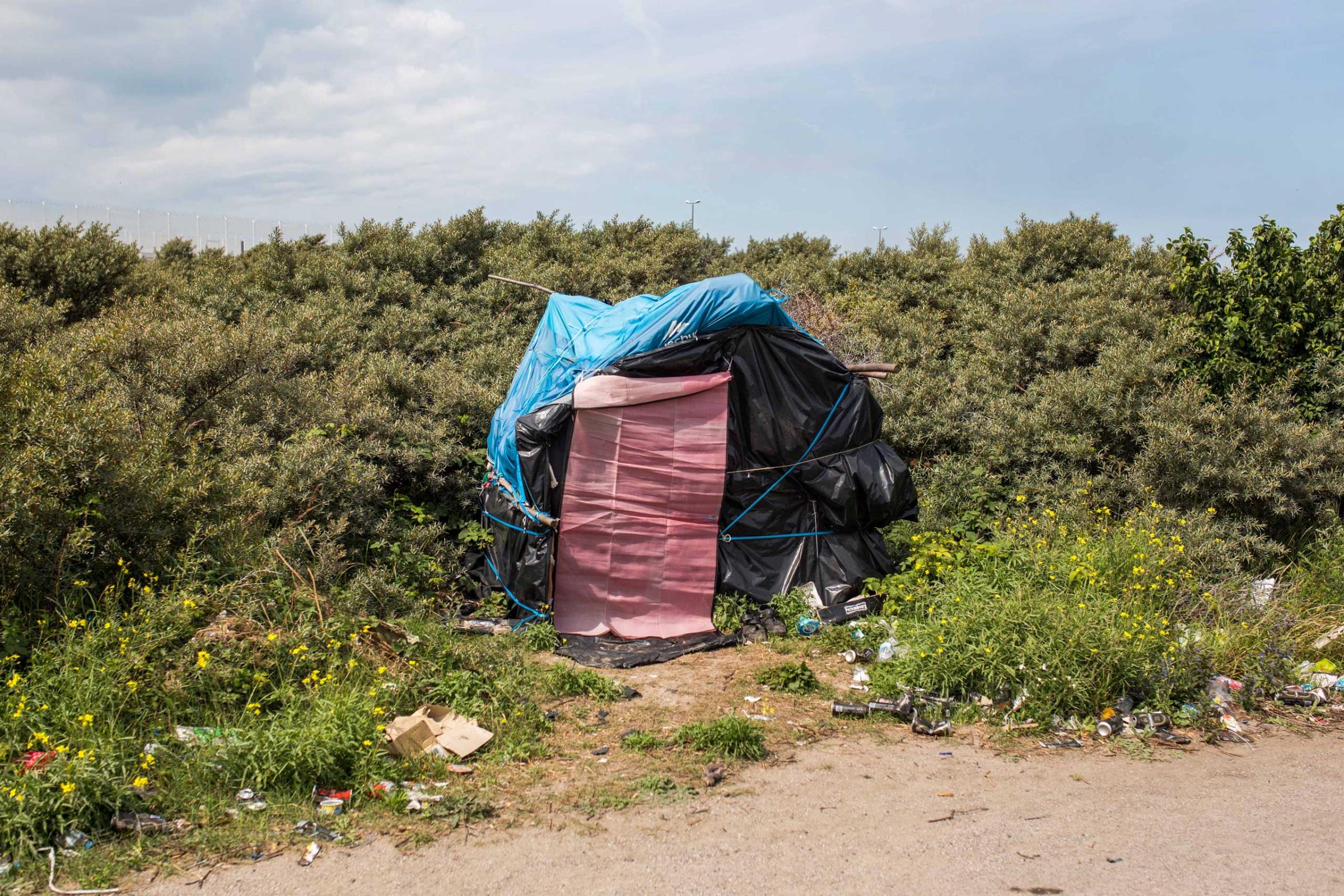
“I spent a lot of time not taking pictures, which can be frustrating for a photographer,” he tells TIME. “A bit of Arabic helped break the ice. Often in these situations, there’s that kind of distance between them and journalists, especially since the narrative in the British media has been very negative. They are all very aware of that.”
As a result, Stothard was often asked about the political situation in his native Britain. “They wonder why they’re able to get this far–crossing all of Europe–and not be able to make the final step. They get so far and they’re still so far away in the end.”
Many migrants don’t understand the U.K.’s unwillingness to welcome them on British soil. “They grew up learning English, and yet they are not allowed to go to a place where they can speak that language,” says Stothard. “Why would they go to Germany, for example, if they don’t speak the language and can’t be of use there. These are people who really want to work. They want to do something and they see the U.K. as being the best place for them.”
For many migrants, the daily attempts to cross the Channel can take their tolls–physically, as many suffer injuries when they try to board a moving train or truck, and psychologically. “At the end of the night, when morning comes, some people think there’s no chance,” he says. “But there’s a collective will and every time someone makes it through, that message gets out to everybody in the camp, giving them more hope.”
Rob Stothard is a freelance photojournalist based in London, U.K.
Mikko Takkunen, who edited this photo essay, is an Associate Photo Editor at TIME. Follow him on Twitter @photojournalism.
Olivier Laurent is the editor of TIME LightBox. Follow him on Twitter and Instagram @olivierclaurent

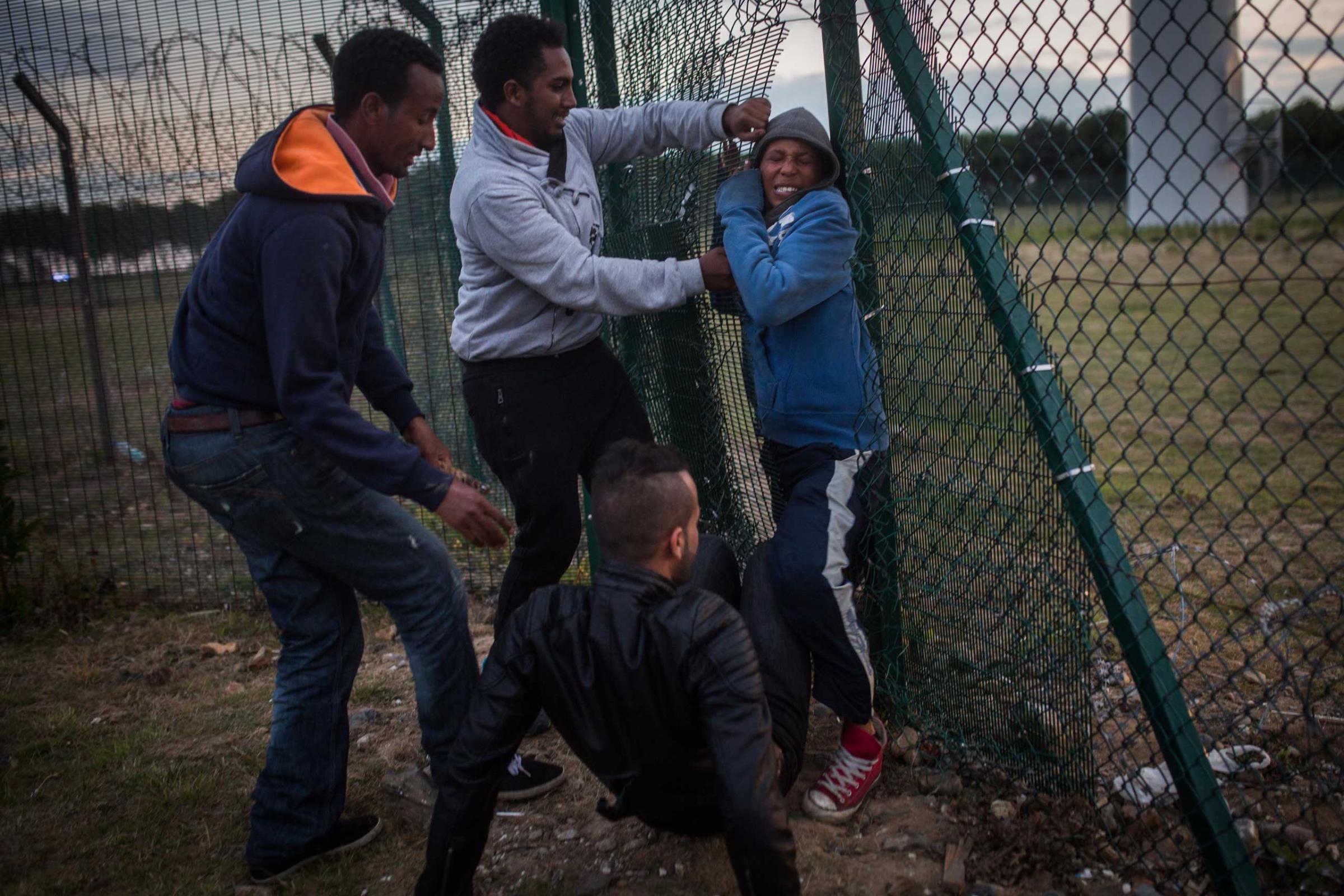
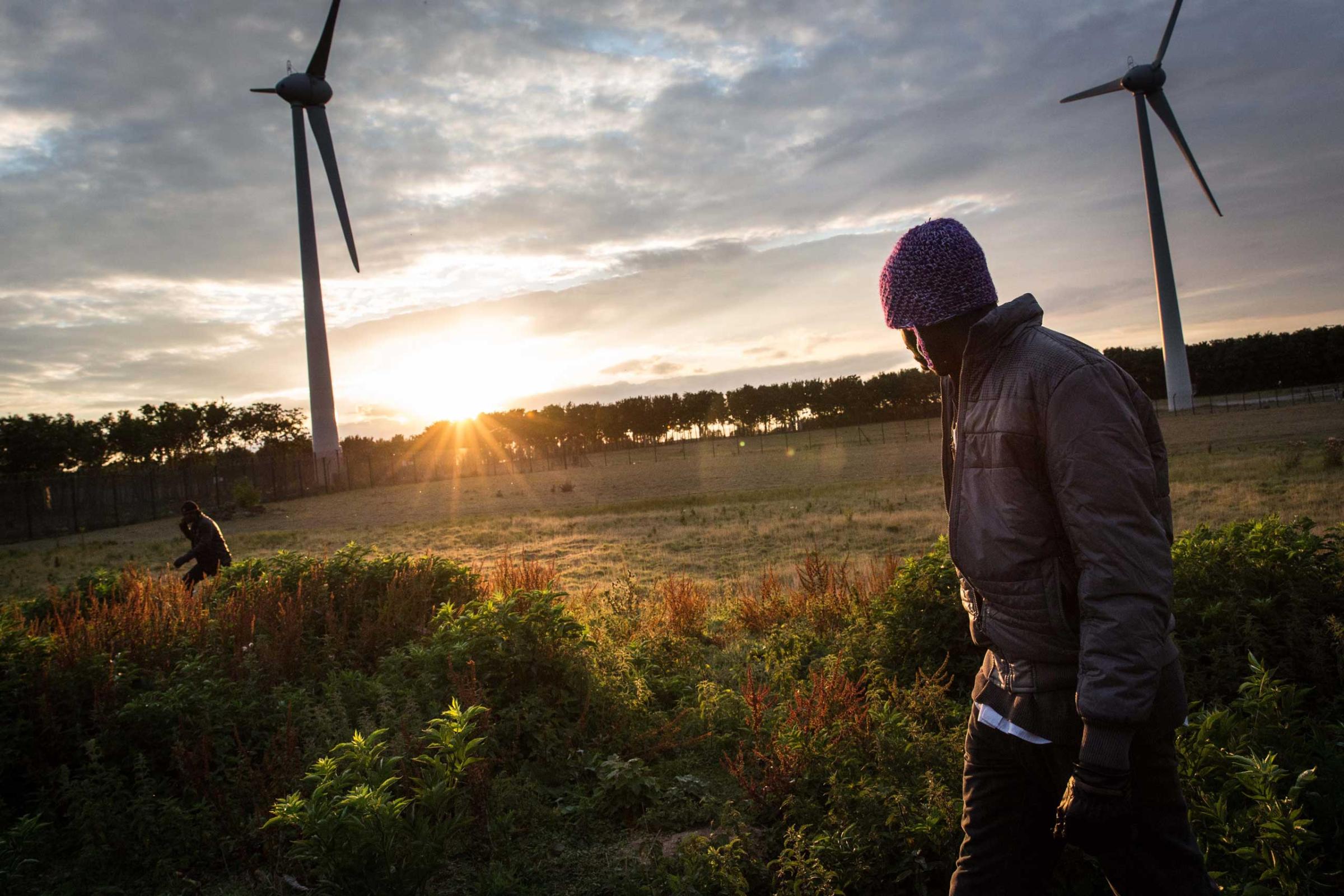

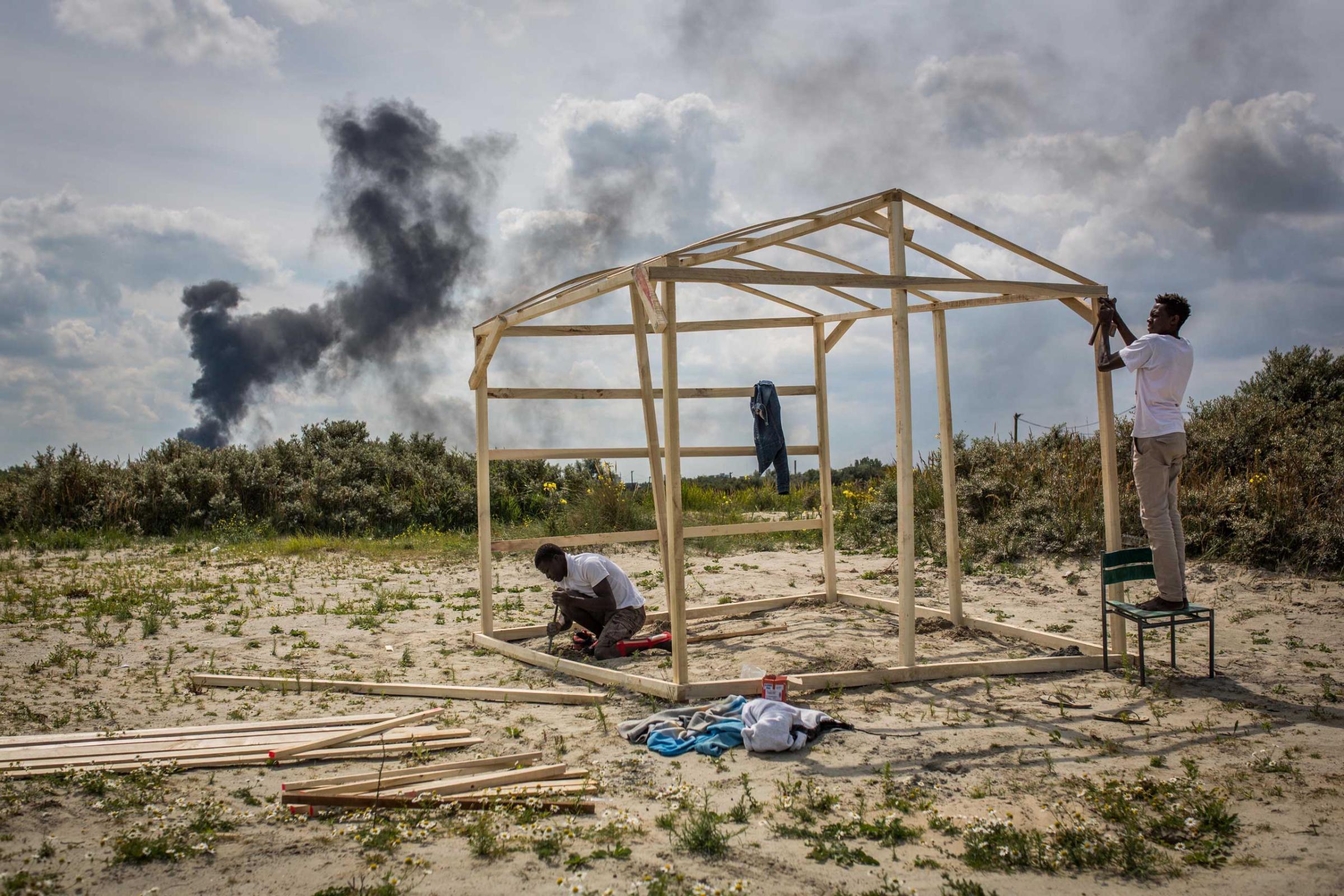

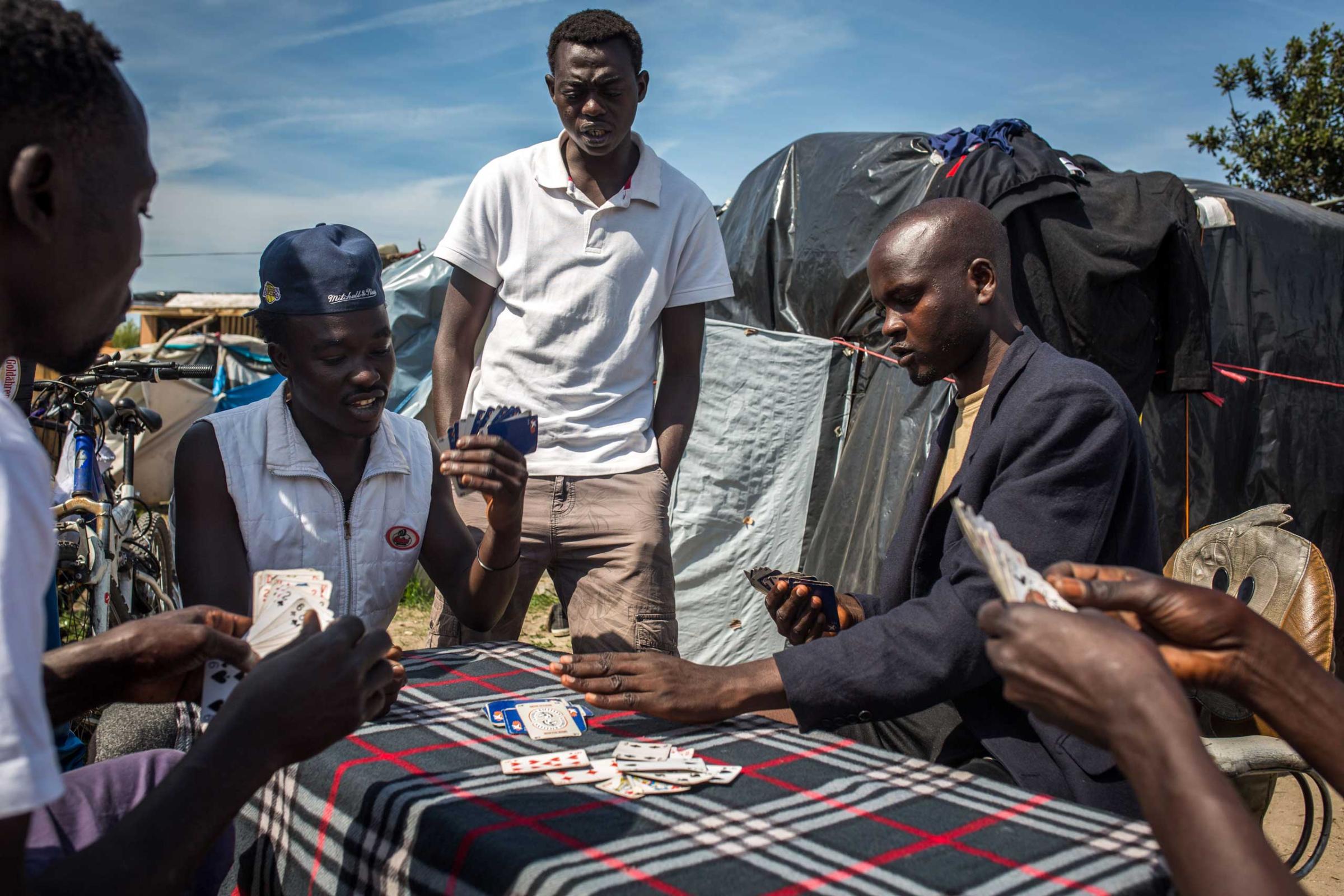
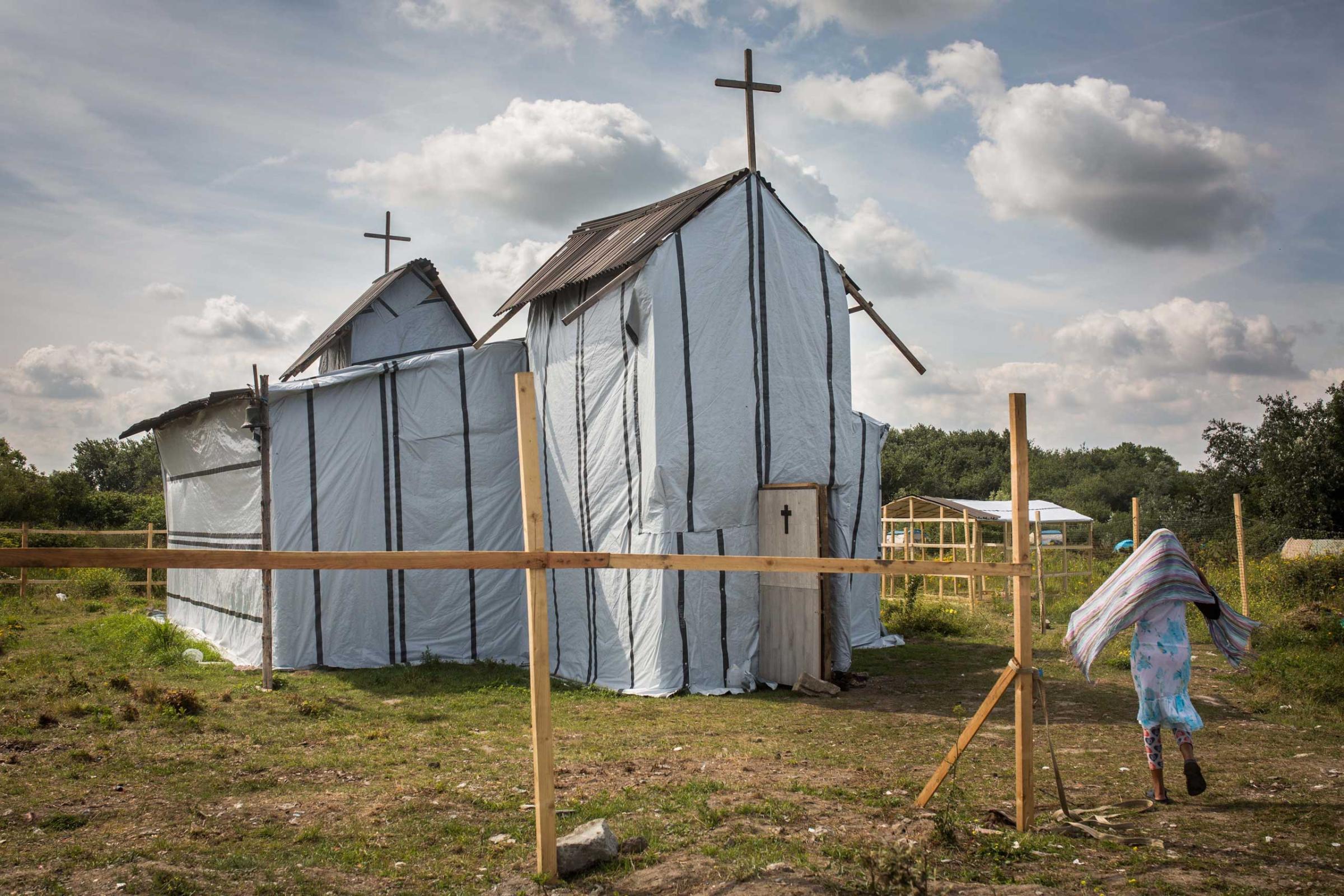

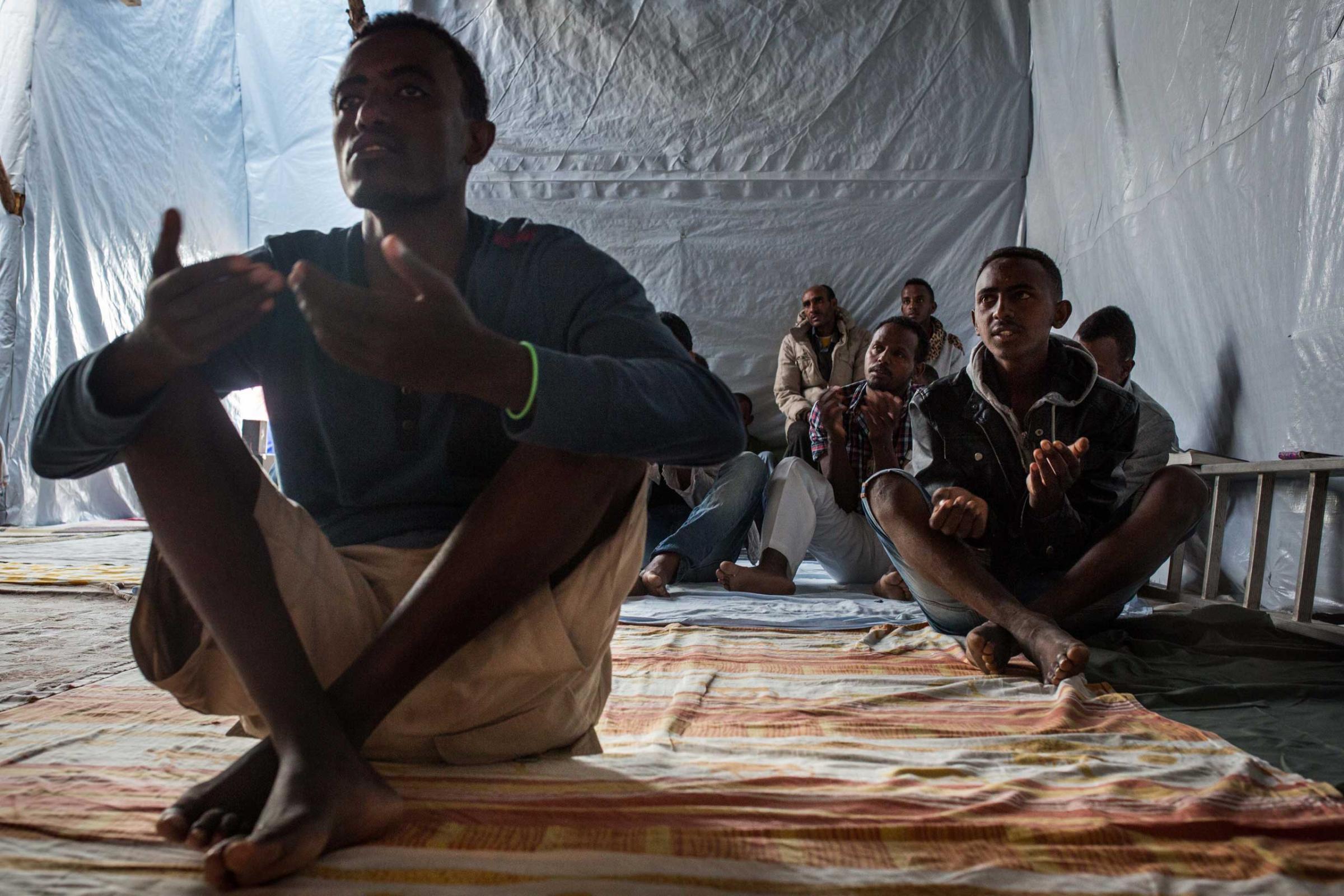
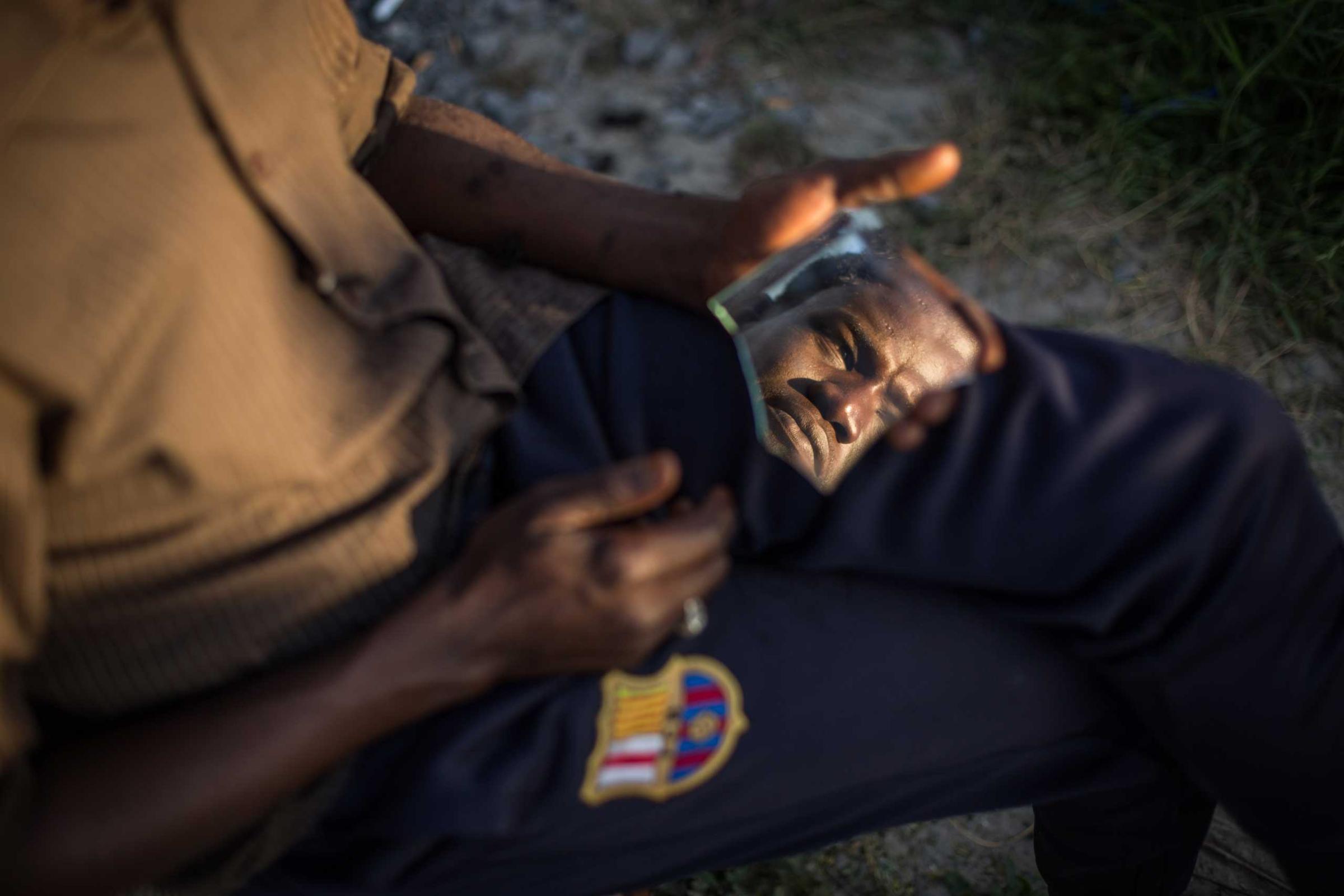
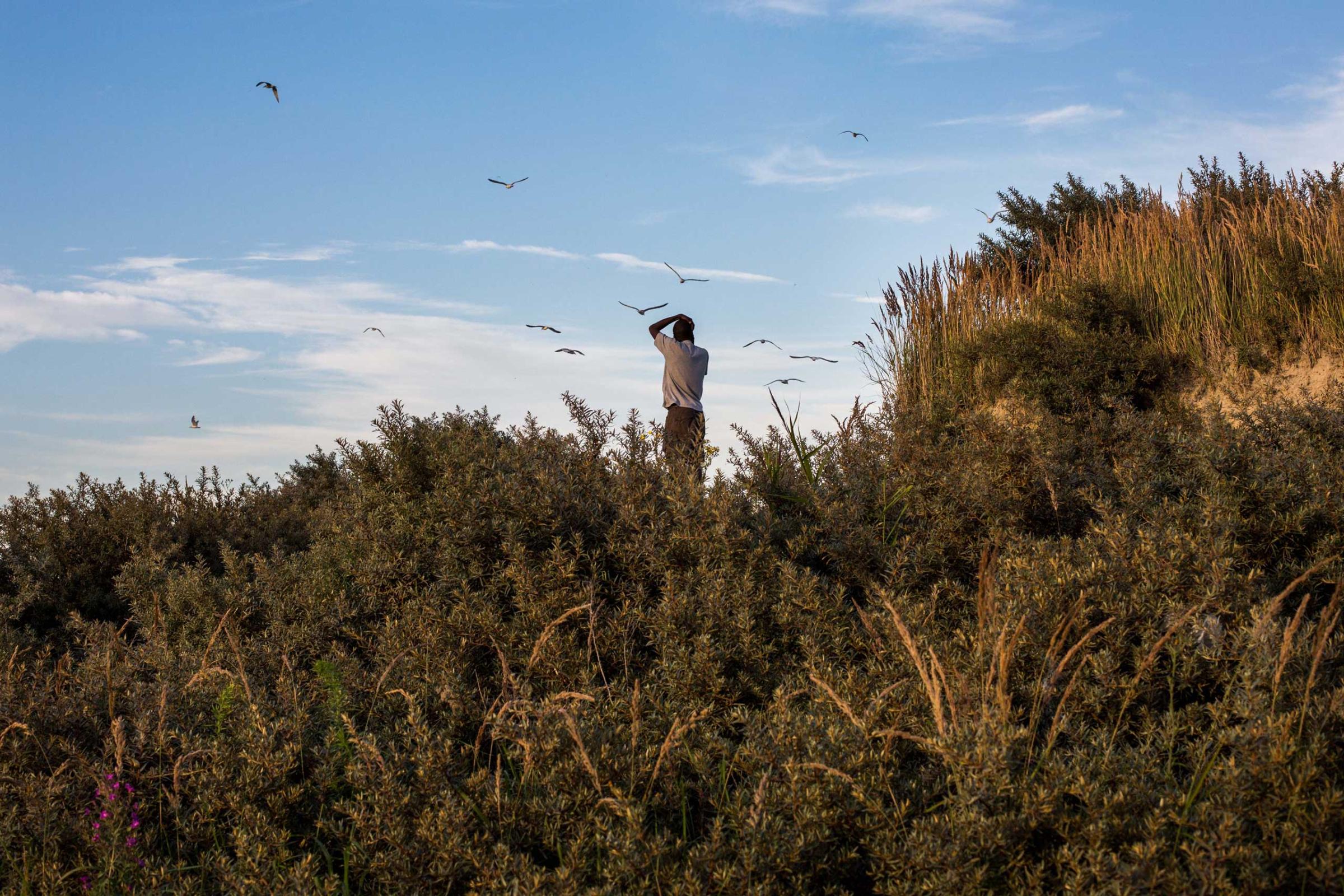
More Must-Reads from TIME
- Why Trump’s Message Worked on Latino Men
- What Trump’s Win Could Mean for Housing
- The 100 Must-Read Books of 2024
- Sleep Doctors Share the 1 Tip That’s Changed Their Lives
- Column: Let’s Bring Back Romance
- What It’s Like to Have Long COVID As a Kid
- FX’s Say Nothing Is the Must-Watch Political Thriller of 2024
- Merle Bombardieri Is Helping People Make the Baby Decision
Contact us at letters@time.com